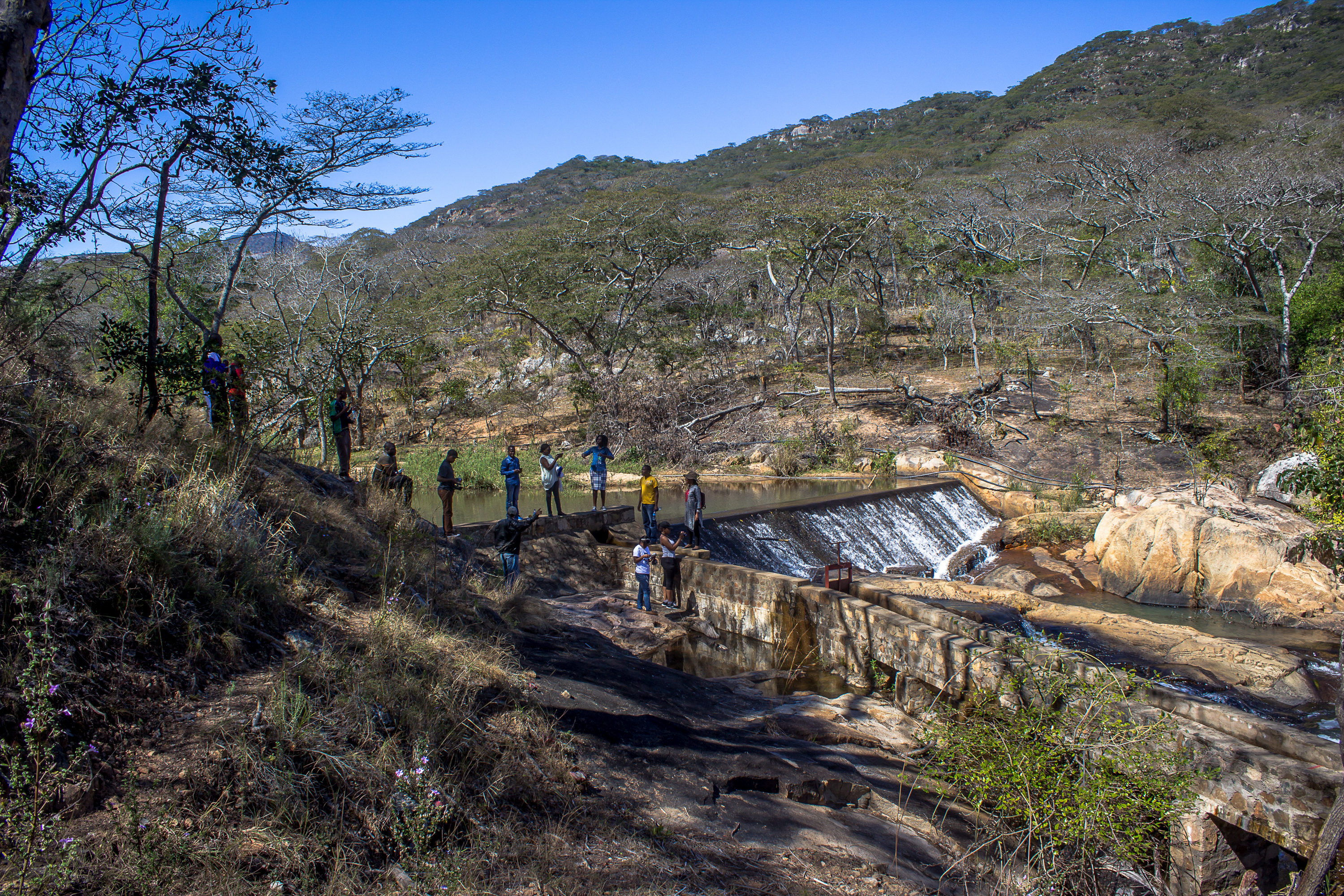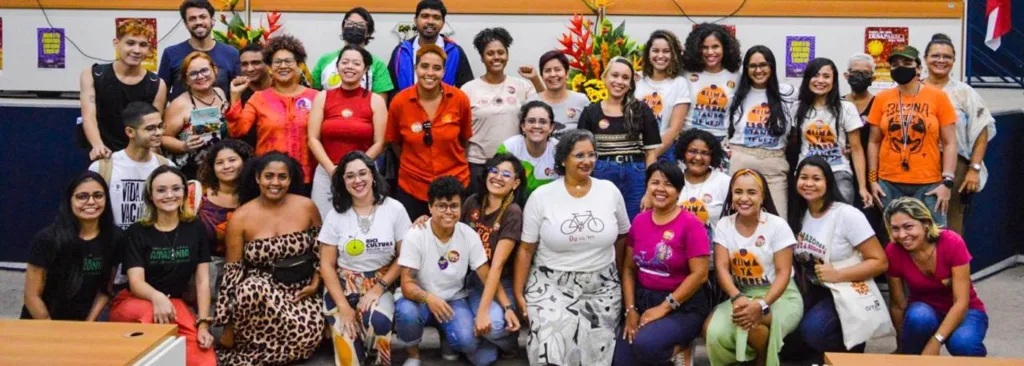The sound of water rushing in small waterfalls over the jagged rocks is soul soothing, if you care to it listen closely enough. The damwall like structure known as the intake weir constructed to harness water required to power the Chipendeke micro-hydro scheme gives the water a sudden force to rush over the rocks as it flows downstream. For the Chipendeke community, wayling the water at a hillto where the river snakes has brought hope and literally light to the village.
Community Harvests Electricity from Water
The “run of the river” micro-hydro system built in 2010 by builders resident in Chipendeke with donor support diverts water from the Chatora river and channels it until it drops in to a turbine via a pipeline called a penstock.
The turbine drives a generator which converts the energy of flowing water into electricity, providing the Chipendeke community with an affordable, easy to maintain solution to their energy needs, albeit at limited scale.
Thanks to the Chipendeke Micro-hydro Project, villagers in this remote and rural area located approximatemely 20 kilometres away from the national electricity green, now have access to renewable energy. But the energy is only for lighting, refrigeration and entertainment, that is, powering radios and televisions.
Awareness Tour Highlights Gender Disparities in Community Energy Access
During a recent tour of the micro-hydro project organised by Hivos Southern Africa to raise awareness of renewable energy projects among women’s organisations that are in Hivos Southern Africa’s Green Inclusive Energy (GIE) programme, it was apparent that much work needs to be done to tap the full potential of the micro-hydro scheme. Many of the women’s organisations, also known as nexus organisation under GIE programme, are barely exposed to the impact of energy or the lack of it thereof, on the lives and livelihoods of women. To most of the organisations, touring the micro-hydro was quite an eye-opening experience.
The project which started in July 2010 has barely had an upgrade thereby limiting its reach. The fact that it continues to function till today is testimony to the community’s investment and resilience to keep the project up and running in the absense of any additional, external support. Community involvement and support is a key element to the success of off-grid renewable energy projects: the Chipendeke Micro Hydro project is sufficient proof.
The Chipendeke Micro-Hydro scheme is owned and operated by the community. But community ownership alone is not enough to see the full potential of the project. While some of the women in the community appreciate the energy supply for lighting, they expressed desire for more power to be generated by the micro hydro scheme so that they are able to use it for cooking.
“We have seen that women are not really empowered by the micro-hydro scheme. Power for lighting and entertainment is all fair and fine, but women have more pressing needs such as energy for cooking,” said Carol Myambo, a representative from one of the women’s organisations.
Despite that women outnumbered the men in the construction of the micro hydro scheme, their role in managing the affairs has been reduce to mere onlookers. Managing the micro hydro is largely men’s business.
Upgrading Micro-Hydro Can Bring More Benefits
Noah Senga Senga, Secretary General and Spokesperson for the Chipendeke Micro-Hydropower Scheme said the mini-hydro project is ready for an upgrade to make it deliver more energy to the community and address some of the current gaps. With more energy generation, there’s potential to build an industry worth hundred of thousands of dollars, Senga Senga said, rolling out sheets os paper with the calculations.
“What we have now is just the basic: if we generate more power, we can establish a small cottage industry in Chipendeke,” he said. “There is so much potential with this project but it requires boosting. With more, we will be able to prove that we can build an energy value chain and create much needed employment especially for young people in this area.”
He added that young people in the area where generally not interested in the micro-hydro project largely because of a lack of quick returns. He said that young people knew of the benefits of the project but needed extra motivation for them to actively participate in the upkeep of the scheme.
The project installed power generation capacity is 25 kilowatts which can light about 200 homes but currently serves 53 households. Users are not allowed to use heavy duty implements which require huge amounts of electricity such as irons or stoves. Apart from the households, the micro hydro powers the clinic, business centre and a school but only for refrigetaion and lighting.
Boosting Power Generation
To enhance the Chipendeke Micro Hydro project will require not only boosting the power generation capacity of the scheme but also incorporating a smart mix of energy options such as solar, wind and biogas which can all help to increase energy supply in the village.
“If we boost the power it will ensure that more people will be connected but for that to happen there is a need for huge capital investment. Preliminary studies have shown that it will cost an estimated at 25000-300,000 euro to bring out the true potential of the project,” said Reginald Mapfumo, Project Manager Green Energy at Hivos Southern Africa.
Suffice to state that for the past seven years, the Chipendeke community has proved beyond doubt that a rural community can effectively manage a renewable energy project. With increased support, the potential of the Chipendeke Micro Hydro project to be a shining beacon of renewable energy in Zimbabwe is very high.












